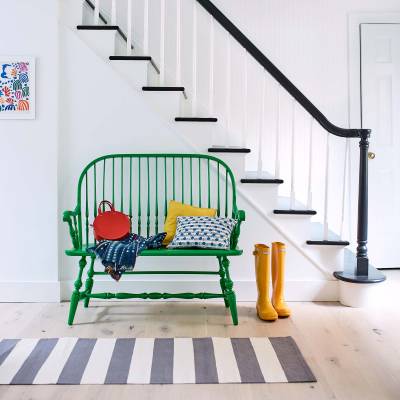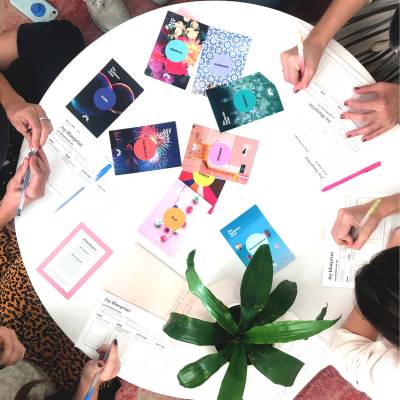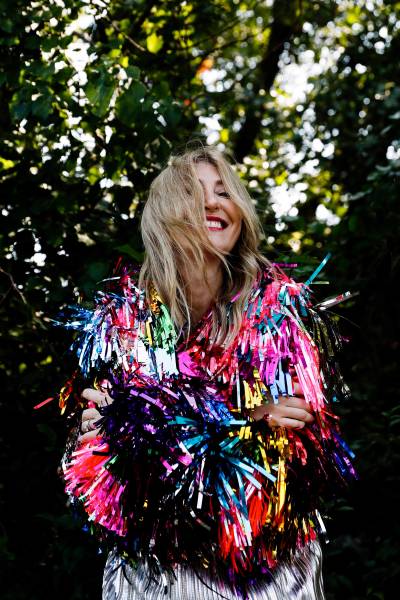Joy isn’t just for weekends and vacations
It’s for laundry day and traffic jams, for leftover night and sweatpants on the couch.
We’re here to help you put more hooray in your everyday.
You deserve joy.
Really, you do.
Download the Joy 101 workbook to find joy right now — right where you are. In it you’ll find five science–backed strategies to squeeze more joy out of every single day.
As featured in






Home

Make your home a haven. Our most popular course will help you confidently create a space that brings you more joy every day.
Sign up now!
Enrollment closes April 25
Work

Foster well–being, creativity, and community at your company with our employee and leadership workshops.
Learn about bringing the School of Joy to your work.
Joy can help you
I’m Ingrid Fetell Lee, designer, author, and founder of the School of Joy.

Fifteen years ago, I set out to understand why certain places and things bring us joy. That research has since become a blog, a TED talk, and a bestselling book called Joyful.
And while I never pictured myself at the helm of a happiness school, it makes a strange kind of sense.
Science says that joy has a powerful, transformative effect on our well-being.
Design says, “Let’s make more of it.”
And that’s exactly what we do here. We take peer-reviewed papers and turn them into practices that help you design a better life.
Joy isn’t a nice-to-have. It’s a must-have. And we’re here to help you find it.
Joy is not a luxury.
A ray of sunshine in your inbox
Sign up to receive a mood–boosting Joyletter every week.